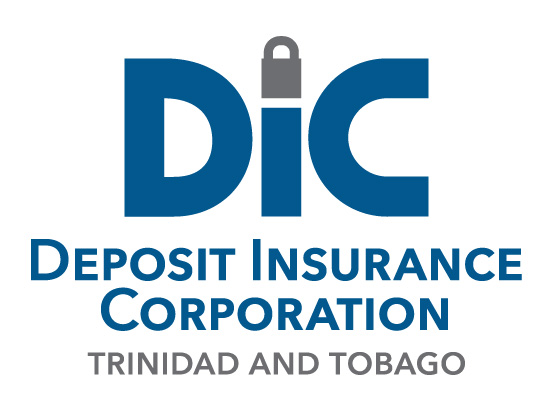Misconception: The uninsured balance, being that portion of deposit/(s) over TT$125,000 for which a certificate was issued, would never be honoured by the DIC.
Fact: A liquidator’s certificate is issued to the depositor by the Corporation for the unsecured balance being that portion of the deposit over TT$125,000. If, the realizations from the disposal of assets net of the subrogated claim of the deposit insurer results in a surplus, then unsecured balances would be …




